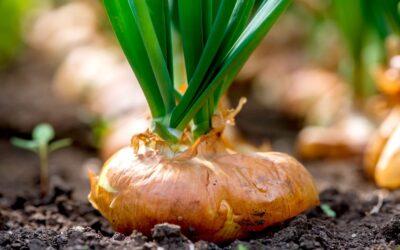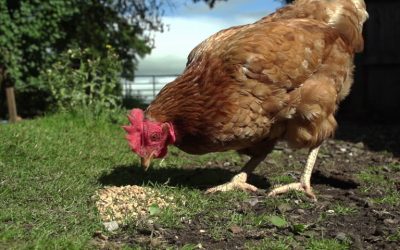Ecological requirements for Onion farming.

Common varieties of onions include red creole, tropicana hybrid and white creole. However, the best to grow is red creole.
Ecological requirements
Onions do well in hot warm climate, though some species prefer cool conditions, with an altitude of 2,100m above sea level. The soil should be fertile, well-drained with a pH of 6 to 7 while rainfall should be 1,000mm per year. They require a fairly long dry period for ripening.
Preparing land for onion plantation
Land should be prepared to a fine tilth with all the weeds removed to give the crop a good start. Farm yard manure at the rate of 40 to 50 tonnes per hectare should be applied and mixed well with soil to help hold plant nutrients.
Seedbed preparation
Onion seeds are small and require a well-prepared, fine seedbed with well-drained soils. We recommend the use of trays and cocoa peat so that little or no seeds are lost during this process.
Using fertiliser
Application of fertiliser should be determined from a soil analysis to avoid guessing, which can lead to wastage. Most onion roots occupy a 15cm radius from the stem and, therefore, they are shallow feeders, which means they cannot recover leached nutrients. That is why you should incorporate farmyard manure.
Transplanting of seedlings
Seedlings are usually ready at eight weeks after seeding, when the majority of their necks are pencil size (65 to 80mm) in diameter, 13.5 to 30cm tall and have four to five leaves. Irrigation can commence immediately after planting to prevent loss of the plant population.
The recommended spacing is 20 to 30cm between rows by 8cm from one crop to another with a plant population of 500,000 plants per hectare.
Irrigation
Soils are irrigated to field capacity to build up reserves for later use by the crop. After transplanting, the soil is kept cool and moist with a daily irrigation of 3 to 5mm.
Onions produced under hot dry conditions may require two irrigation cycles per day. Water shortage at any stage during growth may result in decreasing yields. Regular watering promotes good growth and helps keep the soil firm around the bulb. Cracks in soil and inconsistent soil pressure around the onion bulb results in misshaped onions. Do not over irrigate as this leads to bulbs that are soft with a poor shelf-life.
Pest and disease control
The major pest is thrips, which if not controlled can cause reduction in quality and quantity of produce. A number of diseases do attack onions but the major ones include downey mildew and purple blotch. The diseases can be controlled through management practices, resistant cultivars and chemical sprays.

